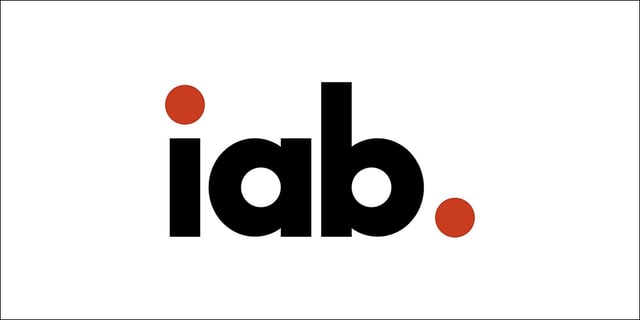
This week's review of ad fraud and quality in the digital advertising space.

Digiday reports that few publishers "feel empowered to publicly name any supply-side platform that lets in large volumes of fraudulent inventory to their platforms...." Digiday notes that lawsuit potenetial and confidentially clauses are primary factors, but adds, "Others don’t believe contractual agreements should be binding when it comes to an issue as great as fraud."

"For the first time, a malicious Android application built with Kotlin has been discovered in the Google Play store," reported Tech Republic, citing Trend Micro research. "According to the Trend Micro blog post, the malicious app is masquerading as an Android device cleaning and optimization tool called Swift Cleaner," wrote Tech Republic. "Once downloaded, it can perform many nefarious activities, including sending SMS messages on behalf of the user, remotely executing code, stealing data, forwarding URLs, and click ad fraud," the article added.

AdExchanger reports on an ad fraud attack impacting e-commerce sites. AdExchanger explains it as a "devious form of ad injection only visible to infected site visitors," and calls it "journey hacking." The malware "entices users to click on unauthorized product ads and links that whisk them away from their original destination to other sites," per AdExchanger, and is only visible to visitors who have an infected device.

A new blog post from Pixalate "explains X-Forwarded-For (XFF) and the best practices as it relates to detecting, targeting and even blocking the IP addresses associated with programmatic advertising transactions to reduce ad fraud and improve quality. This is a common issue digital marketers encounter, but it’s one that remains a mystery to many in the industry."

A ClickZ article spells out five reasons CMOs should get behind ads.txt, noting that domain spoofing is a legitimate concern and that ads.txt is a simple solution. The article also cites Pixalate research which reveals that large publishers are embracing ads.txt, and contends that the initiative will "promote transparency in the digital ad ecosystem."
Sign up for our blog to stay updated with new stats, trends, and analysis on digital ad fraud.
*By entering your email address and clicking Subscribe, you are agreeing to our Terms of Use and Privacy Policy.
These Stories on Weekly Recaps
*By entering your email address and clicking Subscribe, you are agreeing to our Terms of Use and Privacy Policy.

Disclaimer: The content of this page reflects Pixalate’s opinions with respect to the factors that Pixalate believes can be useful to the digital media industry. Any proprietary data shared is grounded in Pixalate’s proprietary technology and analytics, which Pixalate is continuously evaluating and updating. Any references to outside sources should not be construed as endorsements. Pixalate’s opinions are just that - opinion, not facts or guarantees.
Per the MRC, “'Fraud' is not intended to represent fraud as defined in various laws, statutes and ordinances or as conventionally used in U.S. Court or other legal proceedings, but rather a custom definition strictly for advertising measurement purposes. Also per the MRC, “‘Invalid Traffic’ is defined generally as traffic that does not meet certain ad serving quality or completeness criteria, or otherwise does not represent legitimate ad traffic that should be included in measurement counts. Among the reasons why ad traffic may be deemed invalid is it is a result of non-human traffic (spiders, bots, etc.), or activity designed to produce fraudulent traffic.”

